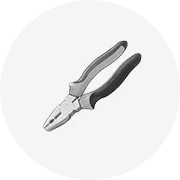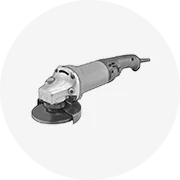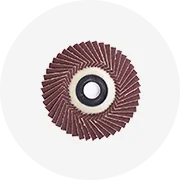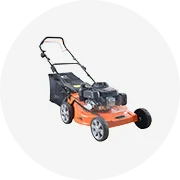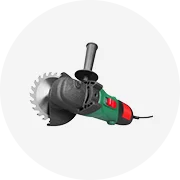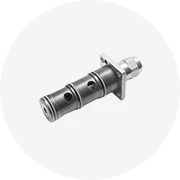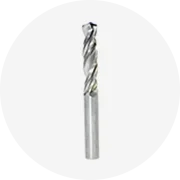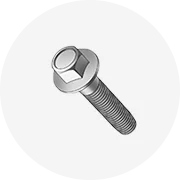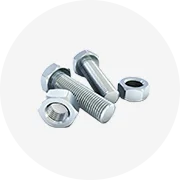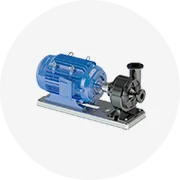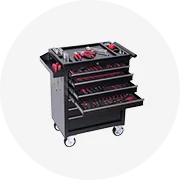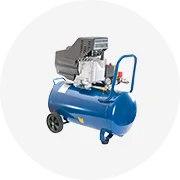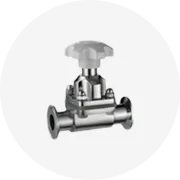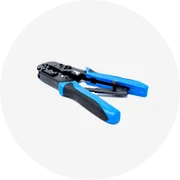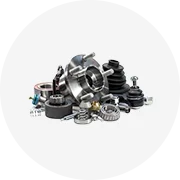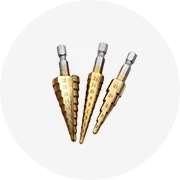A 1 power saw
(44336 products available)






FIXTEC Power Tool Other Power Saw Machine 20V 6-1/2 Inch Cordless Circular Saw for Wood






O O Power 64.1cc Powerful 12 Inch Hand Held Gasoline Concrete Cut Off Saw






High Power 1800w Table Cutting and Miter Saw with 25 10inch Single Miter Saw 255 Model 2 in 1 Miter Saw

Hantechn Garden Tools 220v Power Trimmers 2 in 1 Electric Pole Saw Corded Hedge Trimmer Multifunction Pole Saw






KAFUWELL PA4230B-Y-4S-1 20V Saber Saw Wood Cutting Variable Speed Machine Power Tools Cordless Reciprocating Power Saw






Professional 20V Max Lithium Ion Battery Hand-held Brushless Cordless Power Saws 6-1/2 Inch Circular Saw






8-Inch Portable DIY Aluminum Wood Plastic Core Miter Saw 2-in-1 Electric Battery Power Cutting New Condition for Metal Saw






HIERKIN Powerful Other Power Tools Tool Boxes Power Saw (old) Portable Band Saws for Sale Hand Saw Wood Motosserra a Bateria
Popular in your industry






6 1/2 Battery Power Saws 18V 20V Max 30% Save Electric Cordless Power Circular Saw for Wood Cutting






Lithium Battery Power, Sawing the Future12-inch Chainsaw, Open a New Era of Efficient Logging.






High Performance Gasoline Chain Saw 121cc Power Saw Tree Cutter Machine Single Hand Saw




Lambotec Arborist 2500 Chainsaw Top Handle Chain Saw Light and Powerful

Plunge Circular Handheld Rotary Miniature Mini Power Saw with Saw Blades






Wholesale Wood Cutter Single-hand Power Saw Cordless 6 Inches Electric Battery Powered Chainsaw






6inch/8inch 1/4" Pitch Chain Brushless 21V Li-ion Battery Powered Chainsaw Cordless Chainsaw Mini Power Saws with Oil Pump






German Chainsaw Brands Power Saw Machine Wood Cutting German Chainsaw Chain Saws for Sale






2025 DTW-SAW1110 200W 4" Hand Electrical Power Saw






New Model 2005B High Quality 600W Cordless Power Saw Woodworking Portable Table Jig Machine





Electric Petrol Chain Saw Hand Handheld High Power Saw Portable Gasoline Chain Saw






21V Portable Cordless Circular Power Saw Handheld Mini Wood Steel Cutting Tool for Industrial Tile Saw Application Hand Push Saw






72cc Power Chainsaw Hus272 Chain Saw 72cc Petrol Chainsaw for Sale






16 Inch Electric Chainsaw Tree Trimming Wood Cutting Lithium Battery Electric Power Saw Rechargeable Cordless Power Chain






20V MAX De-Walt Battery Powered Auto Oiler 8 6 Inch Mini Cordless Chainsaw Tool-Free 2-IN-1 Hand-Held Electric Chain Saw Tree






LUXTER 305mm 2000W Sliding Miter Saw for Woodworking Bench Top Power Saws






105cc 070 Chainsaw Powerful Industrial DIY Grade Gasoline Power Saw 2 Stroke Pole Chainsaw with High Cutting Ability






Garden 61.5CC 24 Inch Gasoline Hand Chainsaw Power Saw Machine Wood Tree Cutting Tools Chain Saws for Sale






Chainsaw Manufacturer Handheld Wood Chainsaw Cutter Motosserra a Gasolina 61 Big Power Chainsaw Saws Manual HUS61 Chain Saw






3 in 1 Electric Cordless Circular Saw Machine Battery-Powered Industrial & DIY Wood Metal Stone Cutting Machine






Electric Saw 2100w Powerful Power Saw Machine Wood Cutting Chainsaw Chain Saws for Sale






2-IN-1 Telescopic Electric Pole Saw & Mini Chainsaw, Battery Chain Saw Powered 8 Inch Brushless Electric Rotatable Pole Saw






Chinese Gasoline Powered Chainsaw 58cc 2.2KW Petrol 22 Inch 5800 Chain Saw






MS661 Chainsaw 121cc Power Saw Powerful Tree Cutter Machine Gasoline Power China Saw






F FDLJ4-1Electric 21V Cordless Wood Cutting Chain Saw Powered Mini Chainsaw With Battery
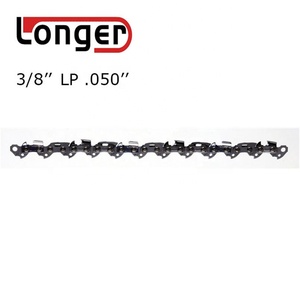


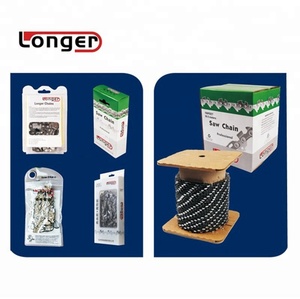
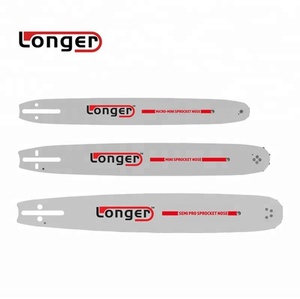

Power Saw 070 German Made 090 Chainsaw Parts Saw Chain for Ms 250






070 Chainsaw 105cc Power Saw Powerful Tree Cutter Machine Gasoline Power Chain Saw
Top categories
About a 1 power saw
Types of A 1 power saw
The 1A Powersaw comes in many types.
-
Reciprocating Power Saw
The 1 reciprocating power saw is versatile, as it can do rough cuts of various materials, including wood, metal, plastic, and pipe. It is commonly used for demolition projects, as it can cut through walls, trees, and pipes. Usually, blades that are used with reciprocating saws are designed for specific tasks. For example, bi-metal blades are used for cutting through hard metals, while wood blades are used for cutting through trees and wood materials. They can also be categorized into corded and cordless power saws. Corded power saws are usually more powerful compared to their cordless counterparts, but the latter allows for more flexibility and portability. ]
-
Circular Power Saw
The 1 circular power saw is handheld and used to make straight cuts on different materials. It is usually mounted on stationary tools that are secured on a stand or workbench. Like the reciprocating saw, this particular saw also comes in two types: corded and cordless. However, unlike the former, the latter is normally used for light-duty applications.
-
Jig Power Saw
This particular saw can be used to make both straight and curved cuts on various materials. It is operated like a handheld tool, which makes it more suitable for complicated or intricate cuts on wooden pieces, plywood, plastic, and composite materials. While using the jigsaw, one has the freedom to choose between different speeds and control options, which makes it more of a user-friendly tool.
-
Miter Power Saw
Also known as the MITER box or chopsaw, the miter power saw is used to make accurate crosscuts on various materials at different angles. Its frame is set at an angle to the table, which is used to position the material. The material is then cut using a hand saw. The miter power saw is mostly used on molding, framing, and roofing. To achieve various cuts such as compound, bevel, and single miter, the miter power saw can be layered with different types of blades.
Specification and maintenance of a 1 power saw
Specification
-
Power:
Measured in watts or horsepower (hp). Higher power saws can cut through tougher materials faster.
-
Motor:
Type (corded electric, battery-powered electricity, etc.) and torque affect how consistently the saw performs.
-
Speed:
Measured in revolutions per minute (RPM). Higher speeds allow faster cutting; some saws have adjustable speed settings.
-
Blade:
Size and type (material, teeth per inch/TPI, etc.) determine the cut quality and capability. Blade changes must match the saw's requirements.
-
Cutting Capacity:
Depth and thickness of materials the saw can cut. This depends on features like the tool's design, physics, and the blade's size.
-
Weight and dimensions:
Weight impacts maneuverability, while the size determines how the saw fits in spaces.
-
Accessories:
Sometimes included are replacement WP blades, battery packs, or blade wrenches. The kind and number of accessories vary by model.
-
Safety features:
Such as electronic braking and trigger locks help prevent accidents and injuries while operating the power saw.
-
Power requirement
The saw requires a certain voltage/amperage from the outlet to operate properly.
Maintenance
When maintained properly, a 1 power saw can cut more efficiently and last longer. Here are some of the maintenance tips:
- Always unplug the saw or remove the battery before making any adjustments or performing maintenance to prevent accidental starting.
- Regularly check for loose bolts, nuts, and parts, tightening anything that has become loose over time.
- Clean the saw of dust and debris after each use, including blowing out the insides with compressed air.
- Lubricate moving and pivoting parts as recommended in the manufacturer's manual, applying a small amount of grease or lubricating oil.
- Keep the power cord free from kinks, pinches, or tangles, storing it properly after use, and ensure it's not damaged while operating the saw.
- Check the carbon brushes periodically; replace them if they are worn down to maintain good motor performance.
- Store the saw in a dry, clean location that is well-ventilated away from extreme temperatures and humidity to prevent damage.
- If issues arise during use, such as strange sounds, loss of power, or overheating, refer to the troubleshooting guide in the manual rather than attempting to repair the saw yourself.
Scenarios
A 1 power saws have a wide range of applications in several industries and sectors.
- Carpentry Work: One common application of a one-inch power saw is in carpentry work. It is used by carpentry professionals to cut through wooden planks and make different types of wooden furniture like tables, cabinets, and chairs. The furniture-making process involves cutting through wood of different shapes and sizes. Power saws are used because they provide precise and accurate cuts.
- Construction Industry: Power saws are widely used in the construction industry. This is mostly for cutting through huge wooden beams, metal pipes, and concrete blocks. 1-inch power saws are used because they can swiftly and precisely make substantial cuts. Using power saws helps to increase a construction project's efficiency and speed.
- Plumbing Work: Plumbing professionals use 1-inch power saws during plumbing work. The plumbing work involves cutting through metal and plastic pipes. Once again, the use of a power saw makes the job easy and increases accuracy.
- Do It Yourself (DIY) Projects: ¾ inch power saws can also be used in DIY projects. This includes cutting through different types of materials to make different types of crafts. Some examples include home decorations, jewelry boxes, and wooden projects. Using a power saw makes it easy to create accurate and clean cuts. DIY enthusiasts can achieve their desired results.
How to Choose a 1 Amp Power Saw
For buyers shopping for a1 amp power saw, it helps to focus on the features that will provide a great cutting experience. Here are some of the things to look for in a 1 amp power saw:
-
Cutting Capacity:
When shopping for a 1 amp power saw, it’s important to consider the cutting capacity. This ability refers to the maximum size of material the saw can cut through. The cutting capacity might vary depending on the type of saw being considered. Buyers should look for saws with a large cutting capacity. This ensures the saw can handle the configuration of materials commonly used.
-
Cutting Speed:
The next feature to consider when choosing a 1 amp power saw is the cutting speed. The speed at which a saw cuts is linked directly to its motor output. It’s important to choose a saw that offers multiple speed options. This allows adjustment to suit different materials and applications.
-
Blade Variety:
The type of blade installed on a power saw has a great effect on cutting performance. It’s important to consider a power saw that offers blade variety and customization options. Different blades are designed to cut through a wide range of materials, such as wood, metal, ceramic, and plastics. This allows users to achieve more precise cuts and better results.
-
Safety Features:
Safety is a key consideration when using a power saw. So, when choosing a power saw, it makes sense to consider one with various safety features. Look for the saw that comes with a blade guard, safety switch, and anti-kickback mechanisms. The safety switch prevents accidental start-up. The blade guard covers the teeth of the blade, preventing injuries. The anti-kickback mechanism helps to prevent the material being cut from launching backward towards the user.
Power saw Q&A
Q1 What are the differences between a power saw and a hand saw?
A1 Power saws cut through a variety of materials quickly and efficiently. Power saws use electricity, making cutting easier. Hand saws require physical strength and stamina. Hand saws are less expensive than power saws.
Q2 What are the safety measures for using a power saw?
A2 Safety measures include wearing sturdy gloves, safety glasses, earmuffs or plugs, and a dust mask. Items such as loose clothing, long hair, and jewelry that could get caught in the power saw should be secured or removed.
Q3 What is the lifespan of a power saw?
A3 The lifespan is approximately 10-15 years with regular use and proper maintenance.




























